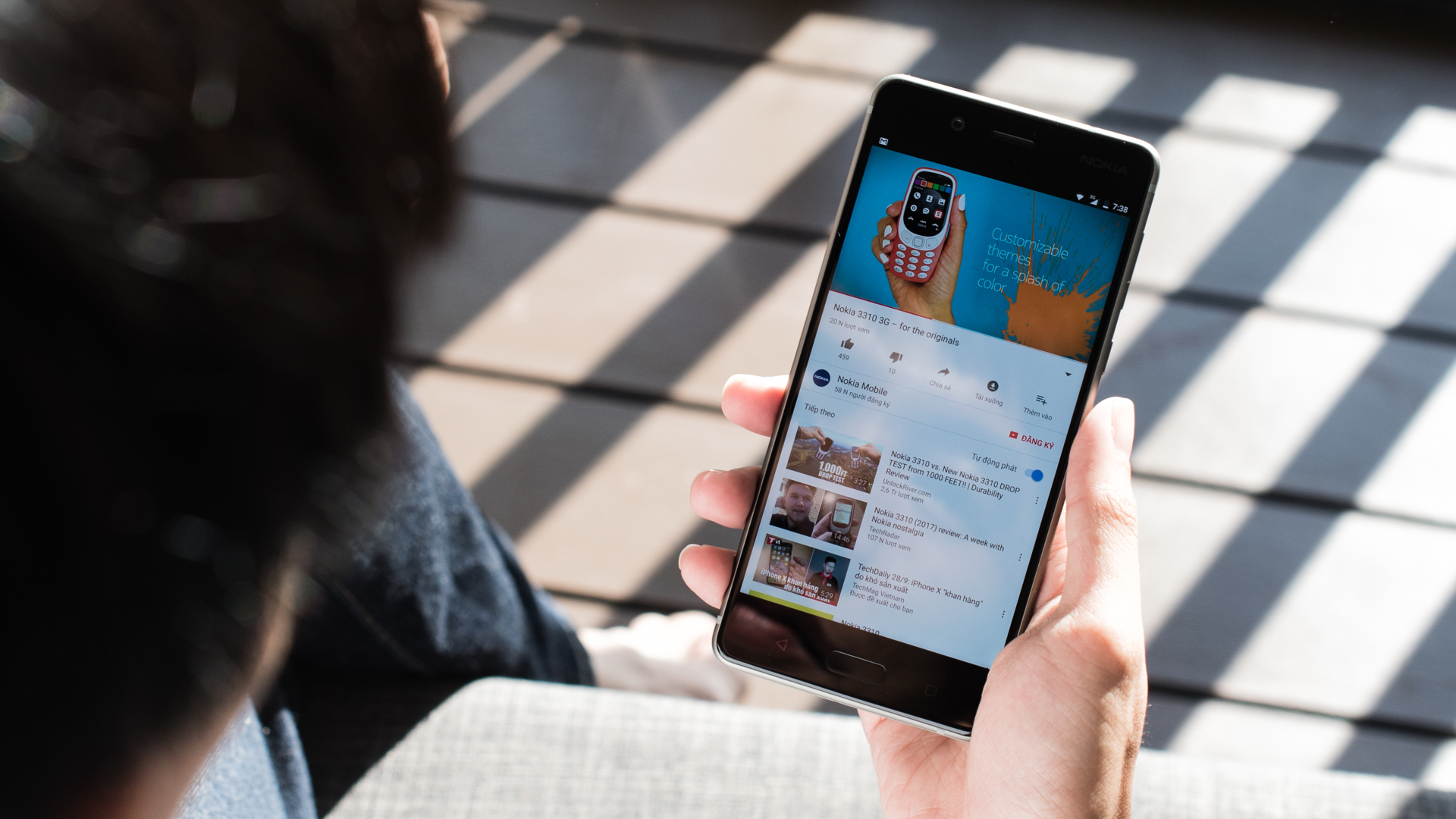“Twenty-five years ago, multisided platforms were important players in the economy. But they weren’t central. Anyone studying or playing in the business world could get by without a deep knowledge of this peculiar business model. No longer. Matchmakers are vital participants in most developed economies and are helping to drive progress in many less fortunate ones. And they are behind gales of creative destruction that, like the ones driven by electricity and the telegraph, will sweep industries to come for decades – at least.” – David S. Evans and Richard Schmalensee, Matchmakers: The New Economics of Multisided Platforms
The story of iconic 20th century photographic company Kodak has become emblematic when people talk about the way digital disruption has drastically altered the business landscape.
Part of that story is how Kodak itself was once the disrupter, the revolutionary force changing an industry and the broader culture, complete with its own popular catchphrase, the “Kodak moment”. The moral of the story for business is that no company is immune from disruption, no company can afford to be complacent with its place in the world.
In broad terms, the disruption that led to Kodak’s end was digital photography. At the heart of what made that digital disruption so devastating to a company like Kodak was the capacity for people to easily share their digital memories; at first via email and storage devices like compact discs, and then progressively via powerful new online platforms in the form of social media.
It was not the technical aspects of digital photography that undid Kodak’s place at the centre of the photographic universe; it was the shift in how photography was consumed, how it was able to be shared in ways the film-based model of photography could never achieve.
It was not a direct competitor like Canon, Olympus, Leica, Fuji or even Sony that killed Kodak; it was Hotmail, Yahoo, Apple, MySpace, Facebook, and eventually, Flickr, Instagram, and Pinterest.
Today’s “Kodak moment” may very well be the “selfie” shared on Snapchat, but Kodak’s failure to grasp the full meaning of what digital photography would bring means no one is taking selfies using a Kodak camera or film.
Platforms for sharing the vast trove of digital images most of us now carry with us in our smartphones and on the cloud have changed the way we take photos and even how we record our lives. It’s a fundamental change and it’s one more illustration of how platform models have changed business and our lives.
To reiterate what Evans and Schmalensee said: “Anyone studying or playing in the business world could get by without a deep knowledge of this peculiar business model. No longer.”
Platform models have disrupted music, media, photography, accommodation, transport and retail. The extent of that disruption is still playing out. In retail, for example, the big box models like eBay are making way for newer, highly targeted online marketplaces that focus on niche markets and specialised areas.
Businesses which see themselves as immune to this revolution may well end up as a snapshot in the darkroom bin of corporate history unless they seize the platform moment.





